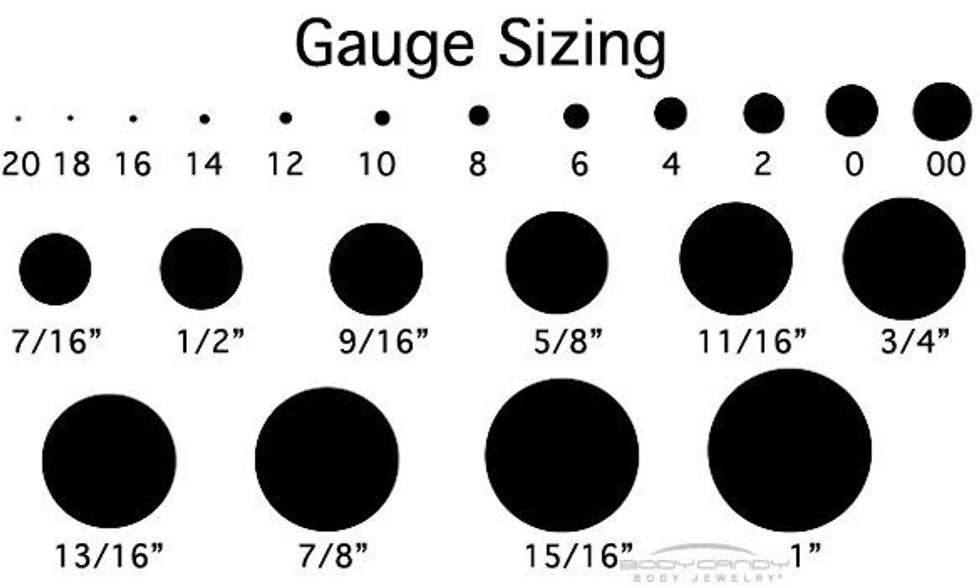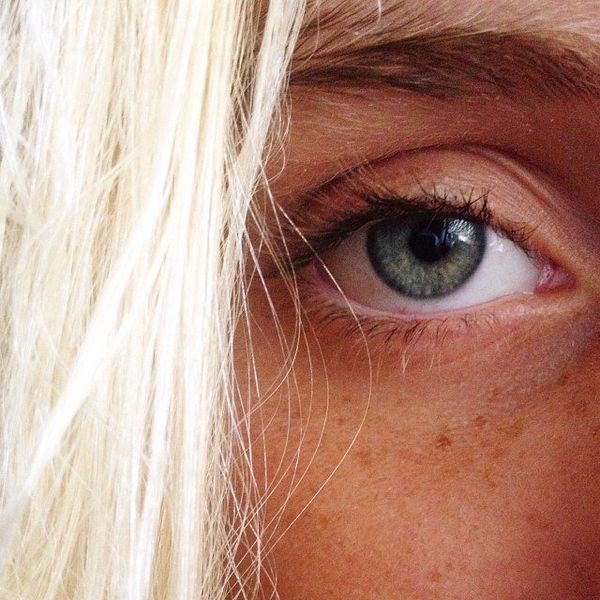Stretched ears are a type of body modification that is fairly self-explanatory: people pierce their ears and stretch them to the desired size over time or get the desired size at once. Stretched ears are more than a sign of teenage rebellion: the practice of intentionally stretching one's earlobes dates back centuries ago throughout various civilizations.
In Kenya, the people of the semi-nomadic Maasai tribe would stretch their earlobes with bone, wood, weights, animal tusks and thorns. Stretching ears takes time, and older members of the Maasai tribe typically had larger holes than younger members of the tribe. Some younger members have abandoned the practice, but older members like the person below still cling to the tradition.
Similar to the Maasai tribe, the people of the Huaorani tribe of the Amazon also stretch their ears. Younger people would have jewelry adorning their ears while the elderly people of the tribe allowed their lobes to fall freely. Today, members of the the current generation of Huaorani are less likely to stretch their ears.
The practice of stretching ears trickled into Western culture. Many people will stretch their ears because they see the modification as beautiful. However, it is important to consider several pieces of information before going about stretching ears.
1. Know Gauge Sizes
Though many people refer to the stretching process as gauges, this is incorrect. Gauges refer to the size of the hole. Most people have an 18 gauge, or 18g, sized hole upon their initial piercing. The sizes decrease in even increments until size 00. From there, the sizes are in fractions of inches, then inches. Start at 18g and gradually work your way down.
2. Use the Right Jewelry
There are several different types of jewelry that can be used to stretch ears. Tapers are pieces that are small and pointed and slightly increase in size. These are used to initially stretch the ear and are not typically worn in public. Most people keep them on for several hours until the hole is ready to have other jewelry in it. Plugs are solid pieces of jewelry that go in the lobe, and tunnels are not solid pieces that the whole is visible though. Horseshoe and spiral earrings are what they sound like and come in a variety of sizes. Pinchers are similar to horseshoes except they have circular black rings to keep the jewelry in place instead of end stops. Just make sure you are buying the right size. You can check the packaging of the jewelry before you buy it to ensure you have the right size.
2. The Modification Could be Permanent
If a person allows their ears to exceed 00g or even 0g, their ears may be unable to revert back to their original size. It is always best to use caution when stretching, especially if you are unsure whether your not you want to have stretched ears for the rest of your life. A quick fix is to wear large post earrings with large backs to both block the hole and prevent the earring from falling out.
3. Keep Your Ears Clean

4. Be Patient and Go Slowly
It's best to wait roughly two weeks before advancing sizes as this allows your ears time to heal. Keep in mind that stretching your ears can be painful and does damage your ear, and the damage could be extremely painful and irreversible if you stretch your ears improperly. Improper stretching includes moving sizes to quickly, skipping sizes and not cleaning regularly. If you do not go slowly, you run the risk of suffering from unfortunate deformities such as a blowout (WARNING: The image is graphic), which is when the skin builds up and stretches behind the ear instead of around the jewelry.
5. The Process Can Be Expensive
Jewelry can cost anything from $5 to hundreds of dollars. If you are going to stretch your ears yourself, be prepared to shell out some money to keep up with sizing. Some websites such as Amazon.com offer decent prices and a wide variety of selections. Stores such as Spencer's Gifts have a large selection and the prices are reasonable.
In short, the stretching process can be summed up with three key pieces of advice: have patience, be careful and enjoy the process!























